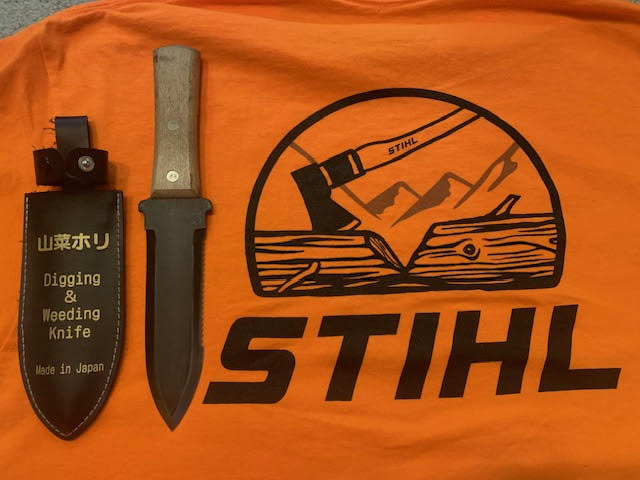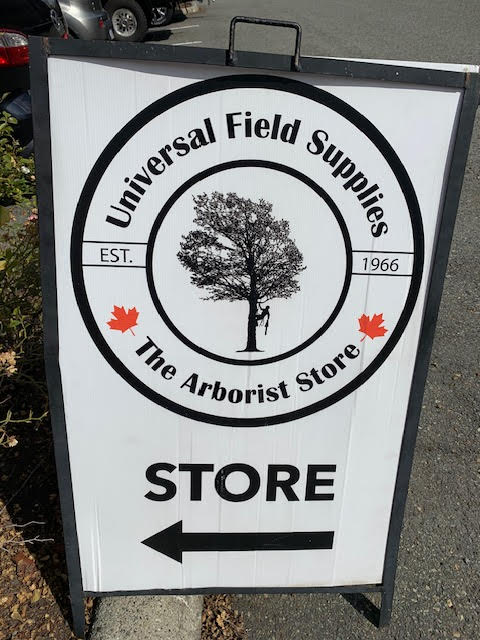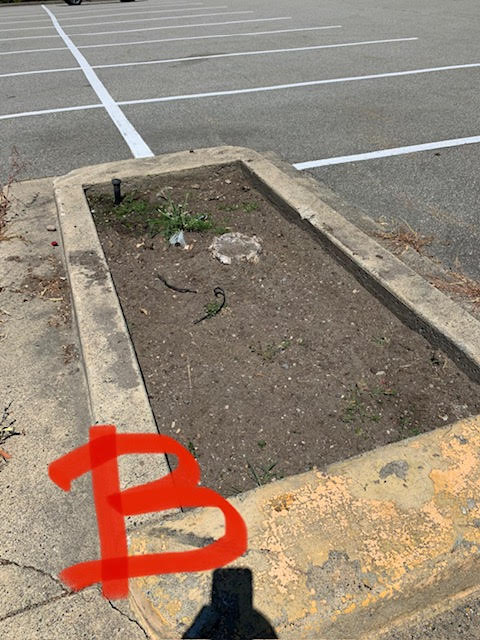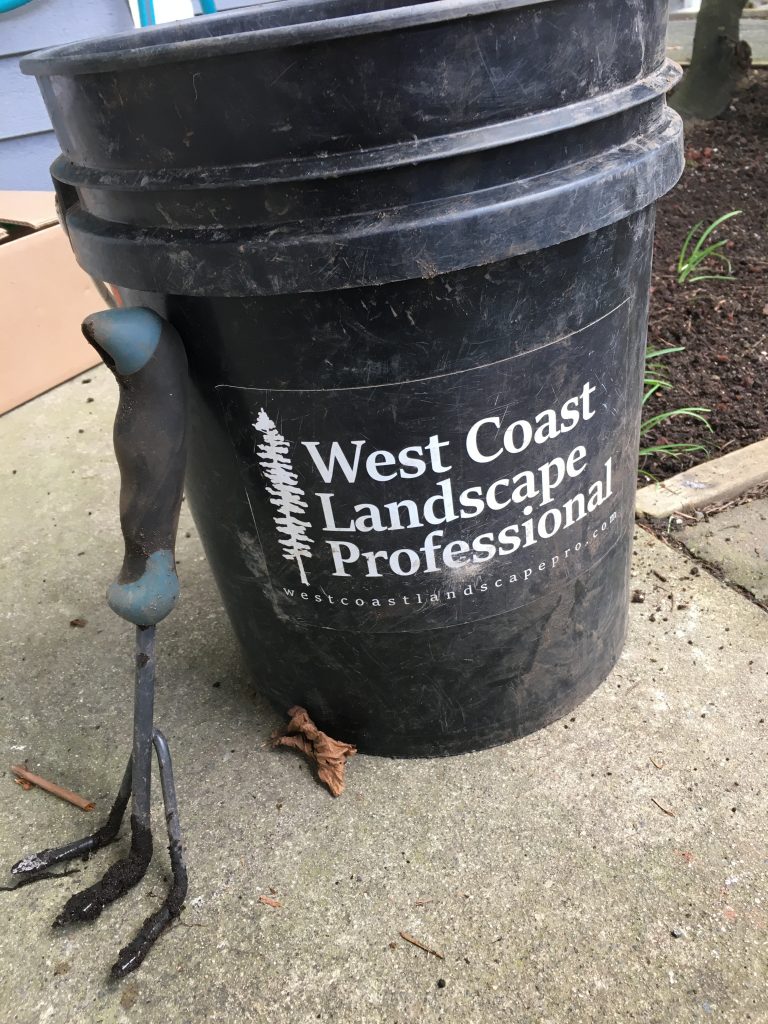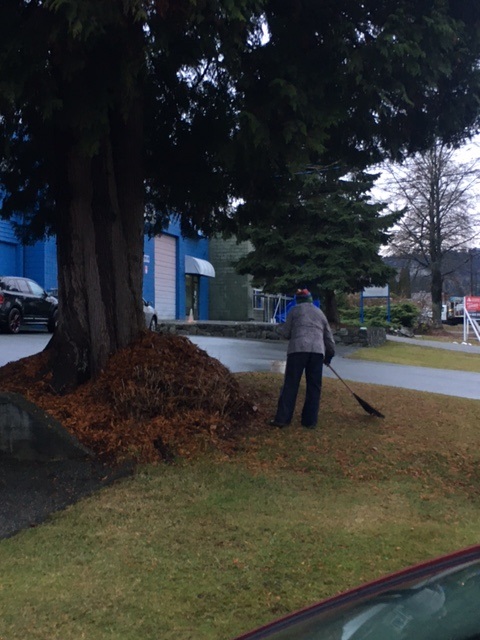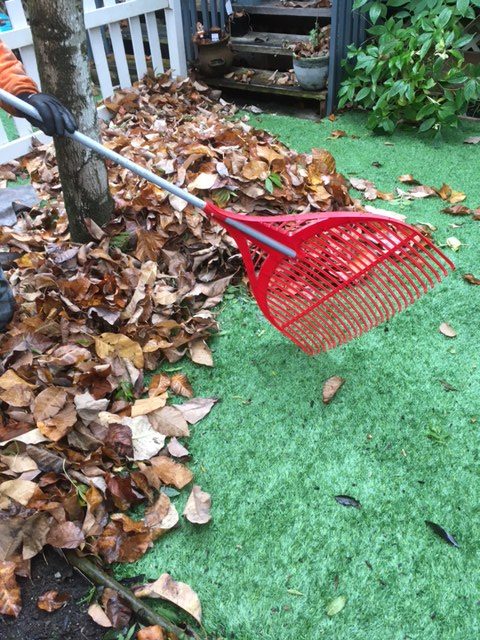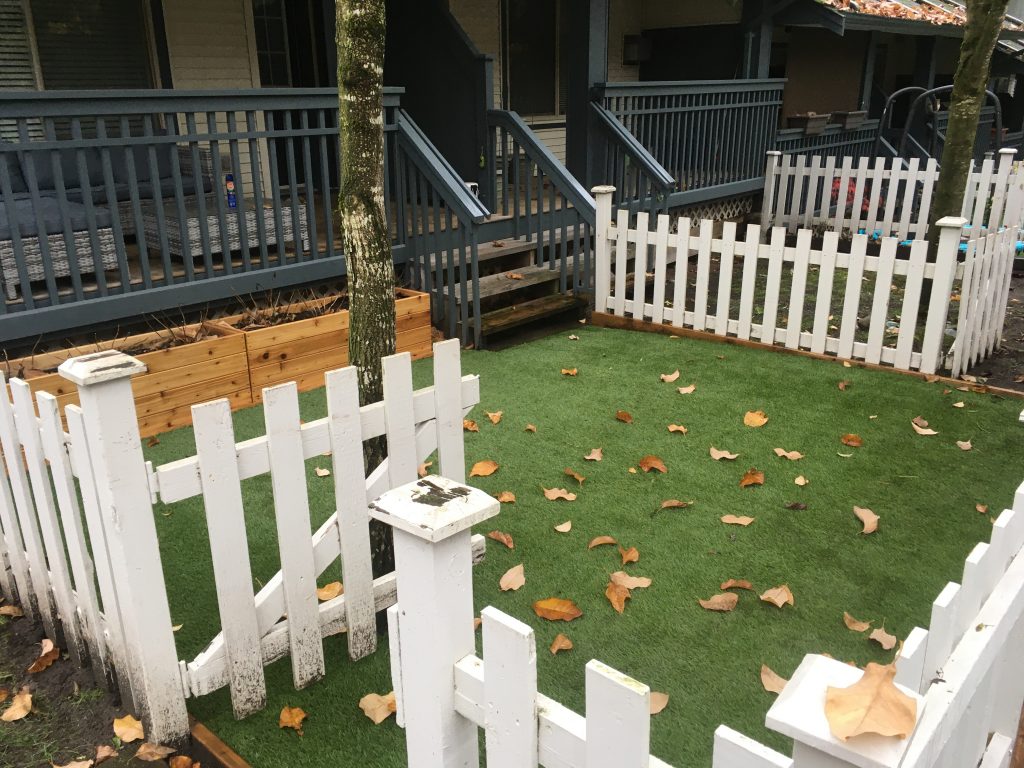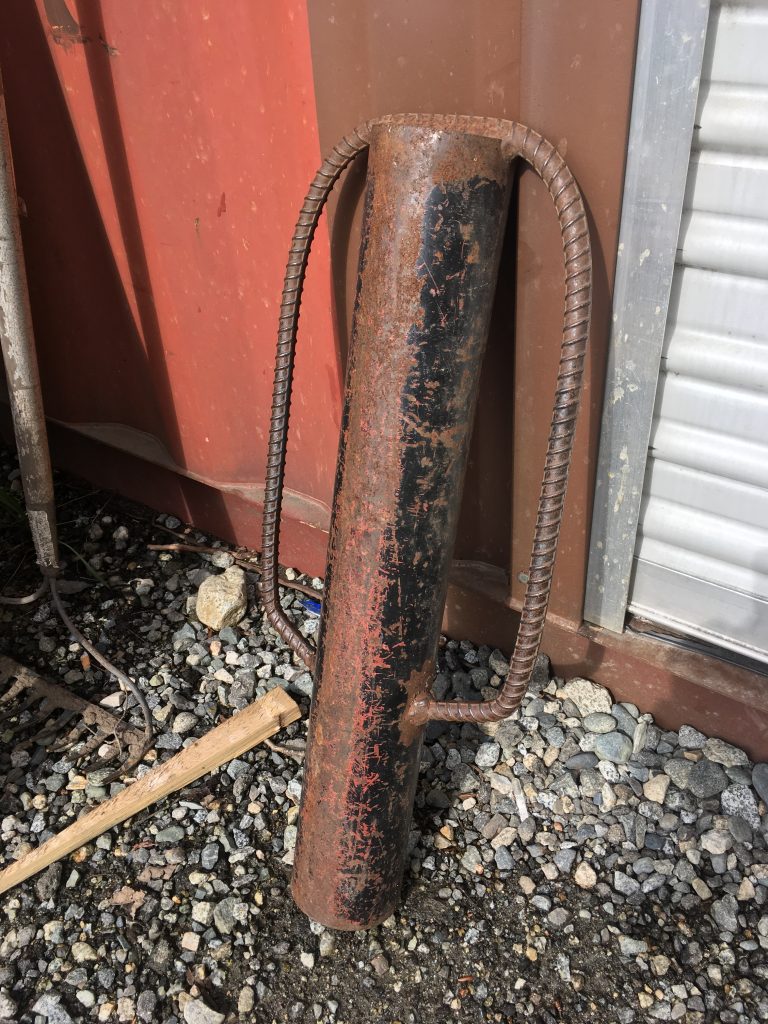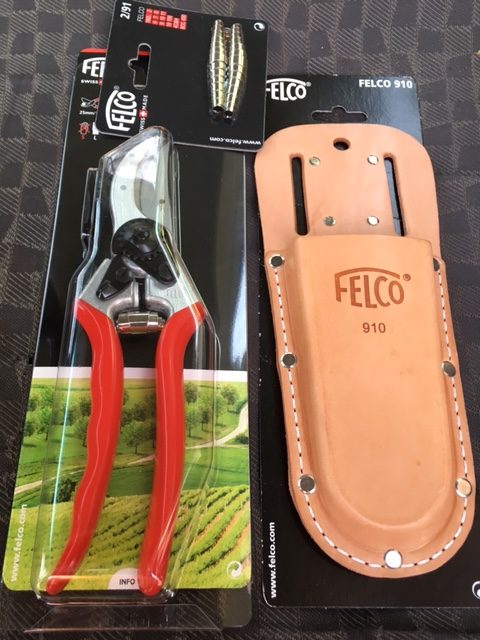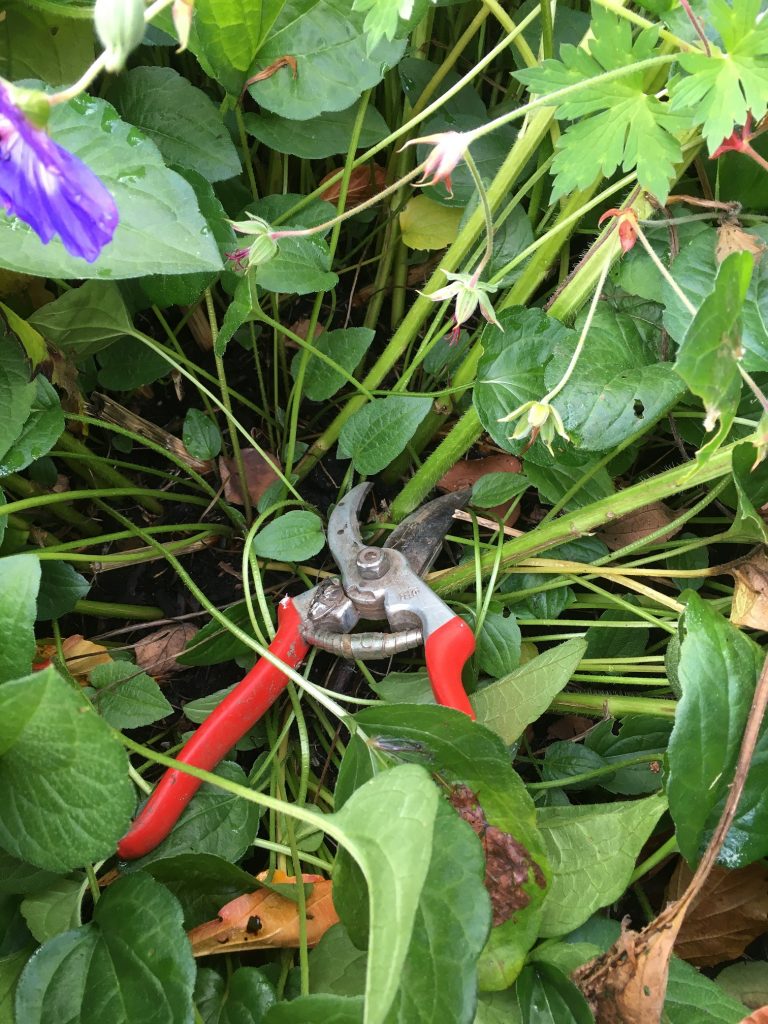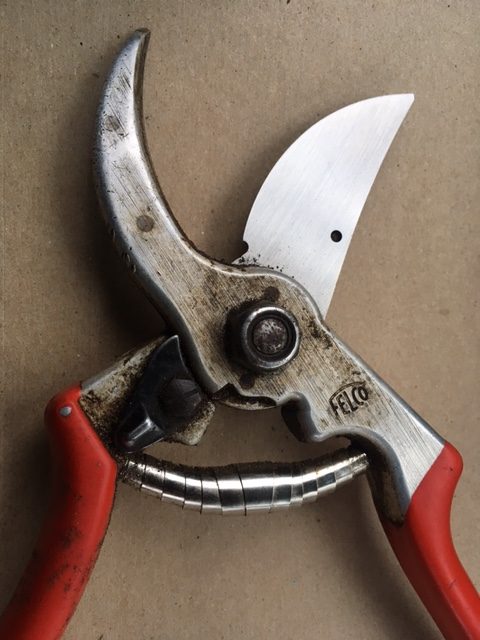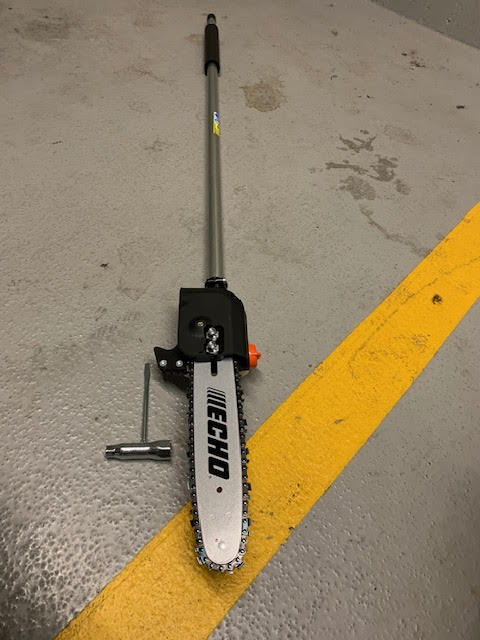
The basics
Recently I purchased a chainsaw attachment for around $300 which fits onto my ECHO PAS engine. Since I mostly do pruning, not logging, I opted for this attachment instead of a regular dedicated chainsaw. If you take down trees and cut them into firewood then definitely get one of those.
Yesterday I had to remove six dead cedars so I used this chainsaw attachment to take down the tops in sections, leaving a three foot “joystick”. The joystick gives you nice leverage when you try to take out the root ball.
The new, sharp chain sliced through the dead stems nicely. And that is the point: chainsaws speed things up, especially when you are getting paid by project, not by the hour.
Another job I have lined up involves lifting pine branches growing from a neighbouring property off my client’s maple trees. It’s time for some separation and the chainsaw attachment is perfect for this work because it gives me some space between me and the branches. With a dedicated chainsaw I would require a ladder which would be awkward.
Before you start
Always read the manual and consider your safety before firing up the chainsaw attachment. Make sure you have bar and chain oil in the chamber and always keep your hand tool close by. You will need it if the chain slips off the bar, gets loose or the unit requires cleaning. One optional purchase is a spare chain. I fully intend to learn how to sharpen my chain to save money and learn a new skill. I am an ISA certified arborist but I have never sharpened a chain.
My fear is working out in the field and having the chain break on me. It is nice to have a spare chain.

Safety is important in the field. Every. Day. So, make sure you have a helmet and eye and ear protection. I have a helmet with earmuffs and a shield. Having the long bar between you and the chainsaw makes this set-up safer than with a regular chainsaw which is closer to your body.
A note on pruning quality
Here is a pro tip: chainsaw attachments are great for taking down trees in sections but not for making awesome, precision cuts close to the main stem. It is very easy to slip and cut into the bark when making a finishing cut at the branch collar. I prefer to make these cuts with a handsaw.
One of my clients has a dead tree in front of his house and he needs to remove it. So, I will take it down slowly in firewood chunks. Note how there are not any precision pruning cuts to make here.
Rating
If you own an Echo PAS engine then this chainsaw attachment is a great buy. Visit Foreshore Equipment in Burnaby and tell them Red Seal Vas sent you.


